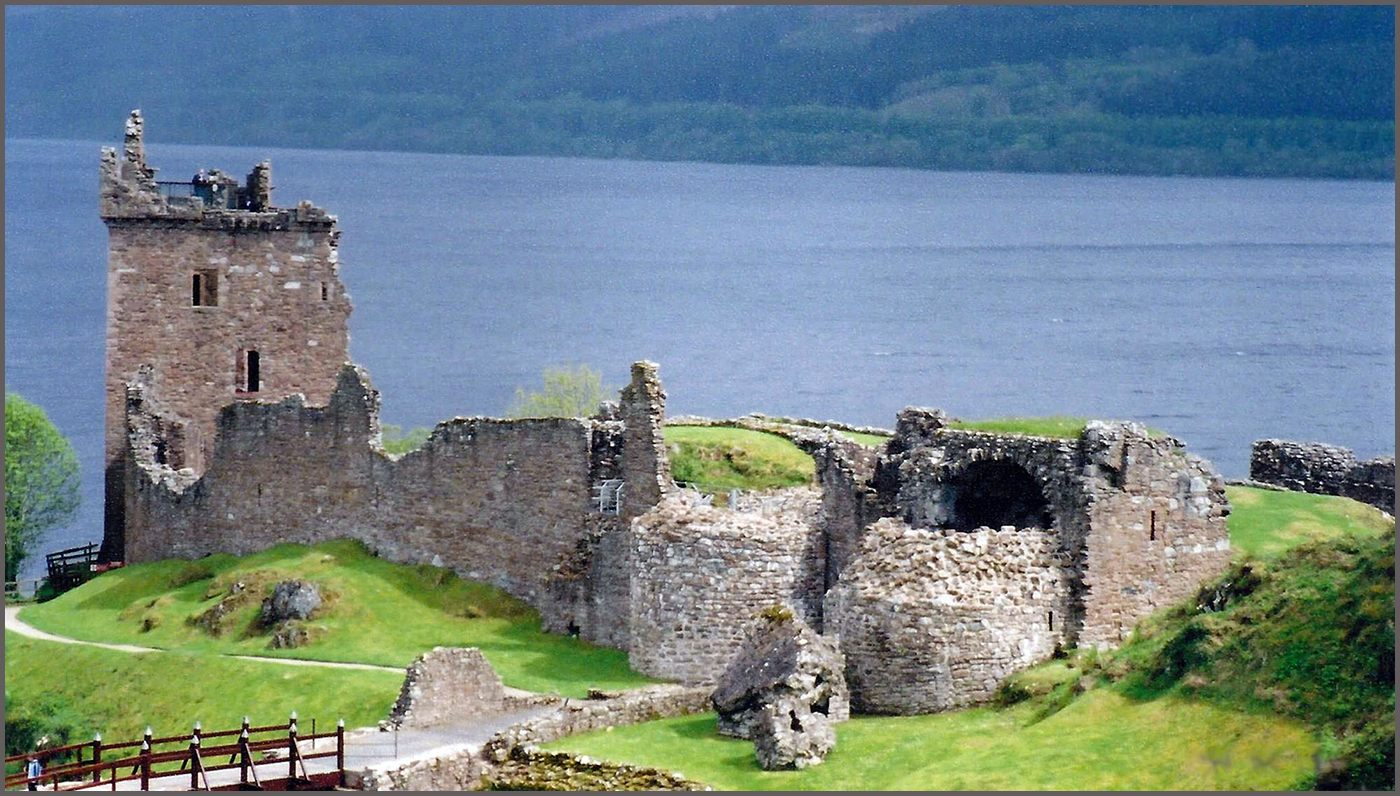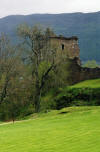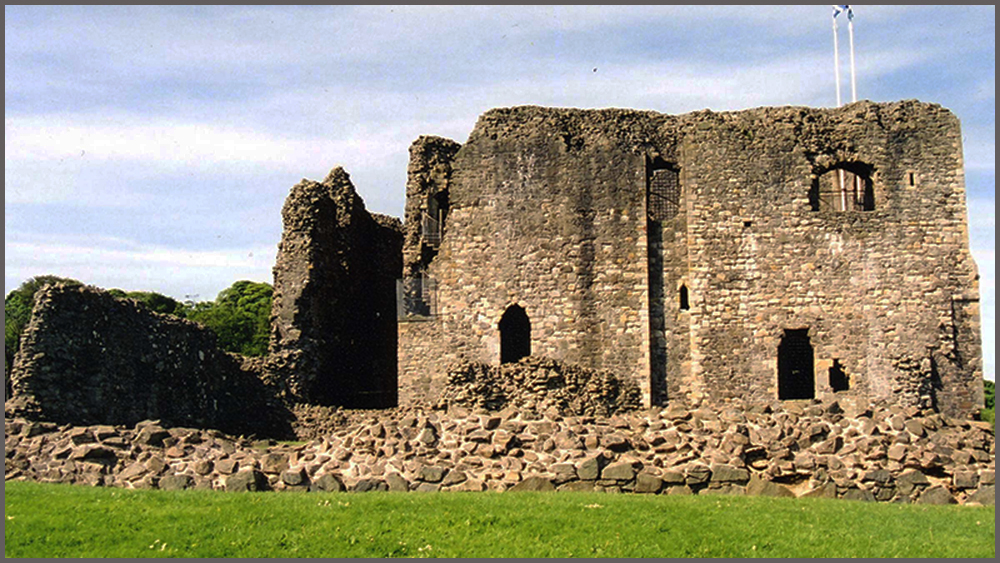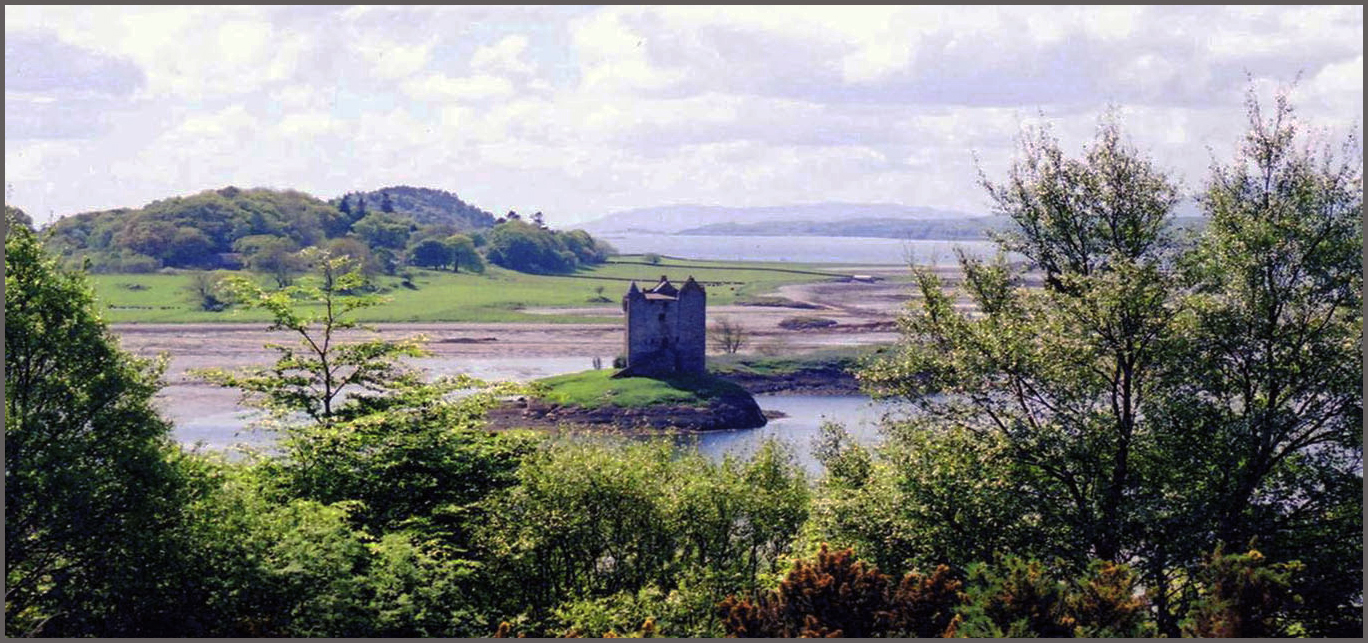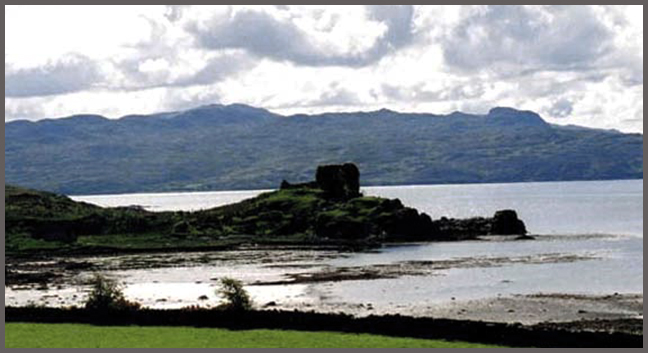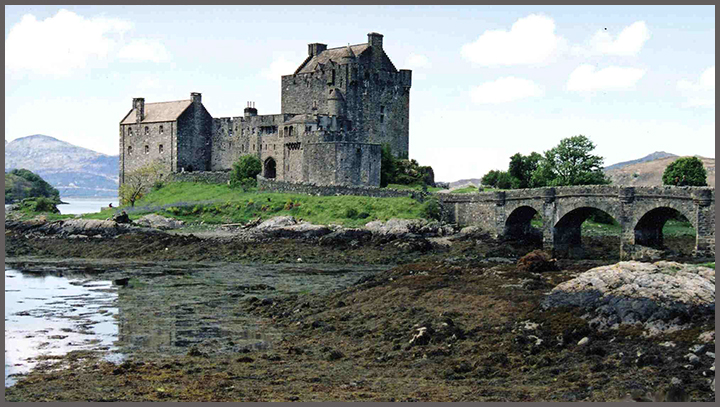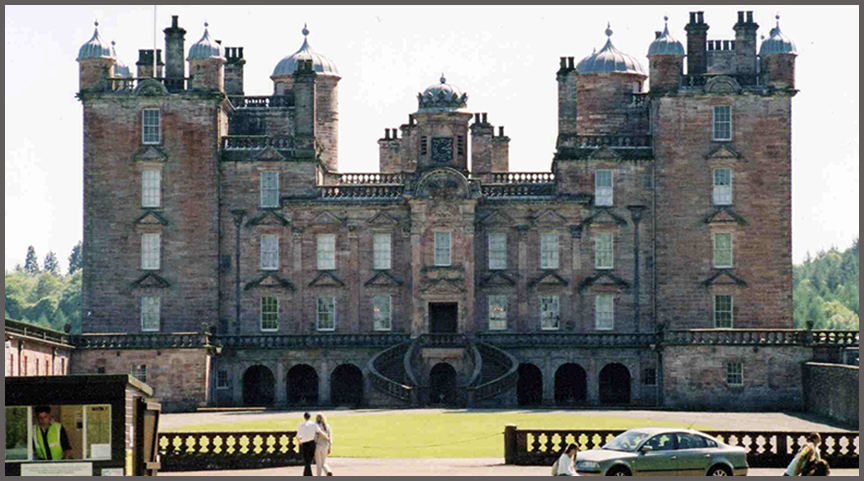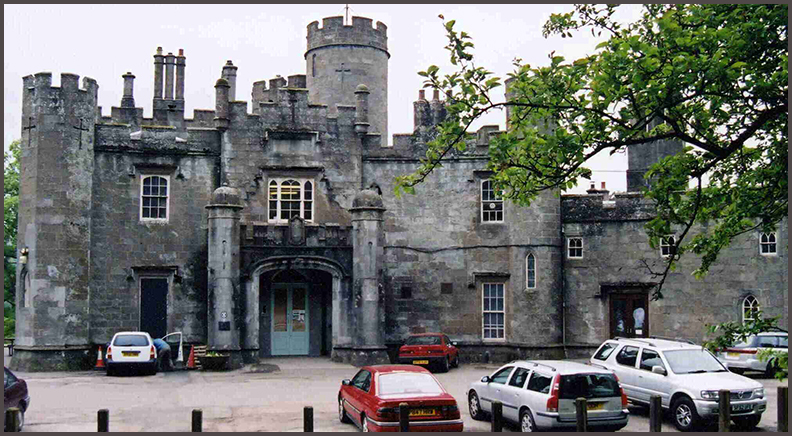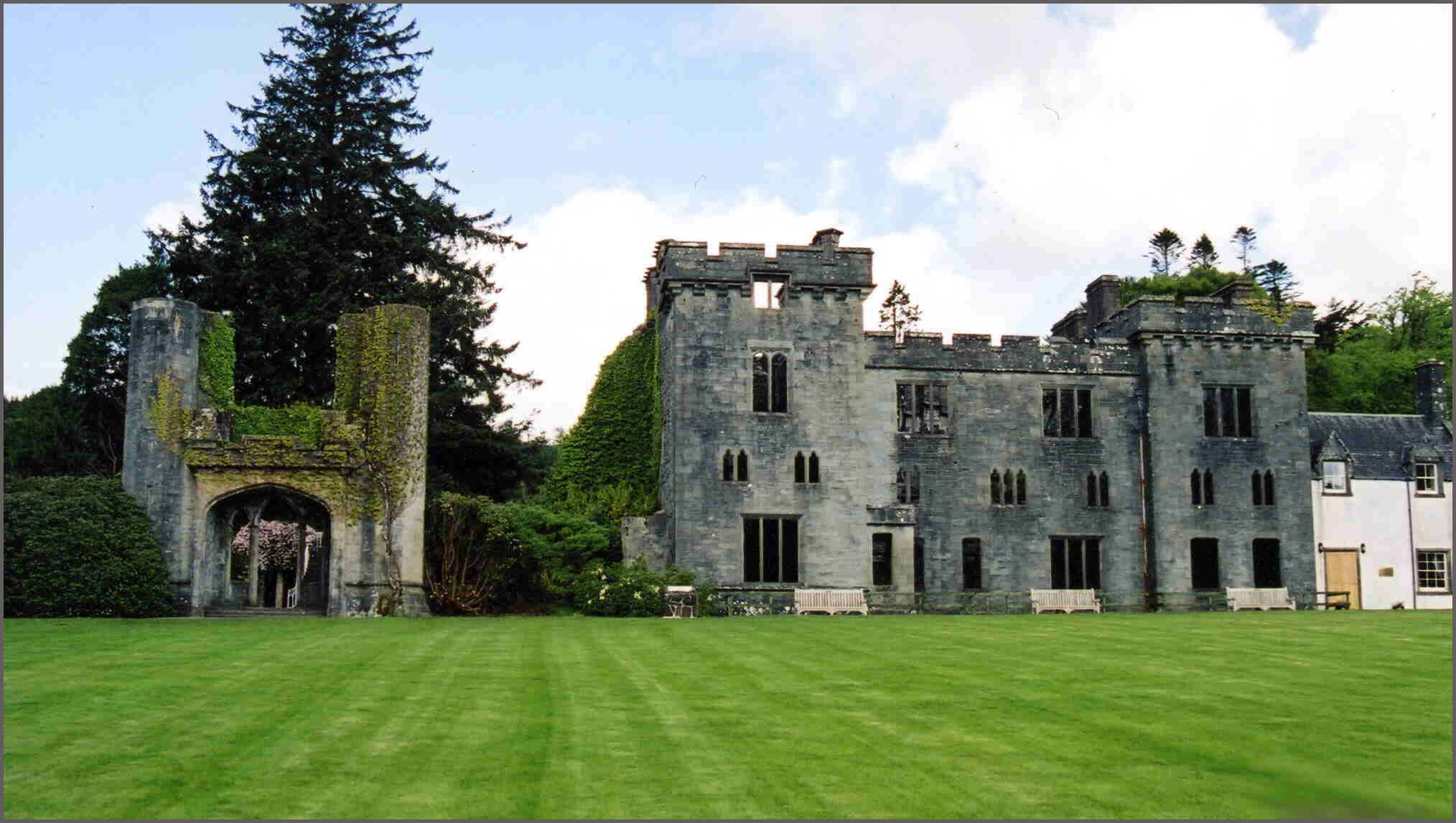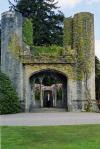Edinburgh Urquhart Dundonald Stalker Knock
This ancient fortress stands as a sentinel, guarding the city and giving silent witness to the tragedies and triumphs, the drama and intrigue, and the poverty and riches of centuries of Scottish history. One pair of stained glass windows in the Great Hall bears the names and coats of arms of Robert the Bruce and a few other Scottish monarchs. In another pair are written the names and coats of arms of Scottish reformers, some of whom were martyred for the faith. The high basalt rock upon which the castle stands was the site of a Bronze Age hill fort. During the Roman occupation, it was a thriving settlement. By the 11th century, it was firmly established as a principal Scottish royal residence. The earliest surviving part of the castle was built that same century by David I. In its 1,000-year history, the castle has been attacked, damaged, and rebuilt a number of times. In the 16th century, Oliver Cromwell established a permanent military base on the grounds. He, who despised the religious passions of the Reformers, also cared nothing for the aesthetic and historic features of Edinburgh Castle. His army destroyed and erected buildings at the castle in a manner which evidences this disregard, creating something of a conglomeration. In the 19th century, fortunately, the re-emergence of a Scottish national identity led to a change in emphasis at Edinburgh Castle. Sir Walter Scott applied for and was granted permission to look for the Scottish Honours ~ the 16th-century Scottish Crown regalia ~ which had been missing since about 1707. He discovered them in the castle, where they had been hidden over a century earlier; and they were placed on display. Subsequently, the Great Hall was restored. In 1923, the castle's Scottish National War Memorial was built, and the main garrison of the British army departed. Finally, in 1996, Scotland's reputed "Stone of Destiny" was returned to Edinburgh Castle from Westminster Abbey, to which it had been "exiled" 700 years earlier. A plain slab of sandstone, the Stone reputedly is the seat on which the ancient Scottish kings were crowned, though some historians doubt it is the original. Today, the Stone of Destiny and the Honours ~ a crown, scepter, and sword ~ are on display in the Crown Room of Edinburgh Castle. Unfortunately, for security reasons, they cannot be photographed.
In 1371, a grandson of Robert the Bruce was crowned King Robert II. To mark his ascension to the throne, he had this castle built on a previously fortified hill in Ayrshire which he considered part of his ancestral lands. He gave it the site’s ancient name, “dun of Donald”, dun meaning fortress. Robert II died in the castle in 1390, and it was used by the Stewart kings as a residence for the next 100 years. It passed then to the Cathcarts, and subsequently the Wallaces, but fell to ruin by the end of the 17th century. The "Laigh Hall" was a banquet hall. The host and principal guests were seated at a high table beneath the window, while other guests sat on stools or benches at lower tables along the side walls. Guests entered through the doorway, which reflecting the sunlight here appears green. Fires burning in braziers would warm the assembly, leaving smoky traces that today are still seen on the stone walls. Notice also the two black birds perched on the ledge of the window.
On an island in Loch Laich, this three-story tower house, or keep, was built in the mid-15th century by Sir John Stewart of Appin, Lord of Lorn. King James IV of Scotland, a cousin of the Stewarts of Appin, stayed often at Castle Stalker and used it as a base for hunting and hawking on his journeys to the Highlands. Thus it acquired its name ~ its Gaelic form, Stalcaire, means Hunter or Falconer. The keep's history has been colorful and volatile, being the object of centuries of conflict between the Stewarts and the Campbells and changing hands several times. It was finally regained by the Stewarts through a purchase in 1908. Over the following decades, the Stewarts rebuilt and restored it to a habitable condition.
The Teangue Promontory on the Isle of Skye was once the site of an ancient fortress, the remains of which formed the foundation for a 15th-century keep built by the MacLeods. Also known as Caisteal Camus or Chamius, it was captured by the MacDonalds and remodeled in 1596. By 1689, it was abandoned, reputedly haunted by the Green Lady or "Gruagach". According to legend, the Green Lady was a portend of the fortunes of the castle owners. A happy ghost meant good fortune, but a weeping one was an ill omen indeed. Perhaps the Green Lady wept a great deal, for the castle fell to ruin and most of its stone was removed.
More than Edinburgh and more than Stirling, this relatively modest structure is believed to be the most photographed castle in Scotland. The reason is its stunning, romantic setting on the Island of Donan in the Kyle of Lochalsh, on the west coast of Scotland. The island was named for St. Donan, a religious hermit who lived there in the 7th century. A castle was built much later, sometime in the medieval period, and it was held at various times by the MacRaes and the MacKenzies. It was taken over by government troops in 1715 but reclaimed by the Jacobites shortly thereafter. In 1719, government warships bombarded the castle, after which it was abandoned in ruins. Two hundred years passed before John MacRae-Gilstrap purchased the property and began restorations which were completed in 1932. We visited the castle twice, once on our way to Skye, when it was overcast, and once coming back, when the sun shone brightly. Both visits were at low tide, but the charm and beauty of Eilean Donan could not be obscured. For more stunning views of Eilean Donan, see https://www.facebook.com/Eileandonancastle1/.
Called the "Versailles of Scotland", this castle's name means "fort on the long ridge". It was built between 1679 and 1691 on the site of an earlier Douglas stronghold in the River Nith valley, and its grand architecture puts it in league with the famous French palace, though our photo does not do it justice. It is surrounded by the 120,000-acre Queensberry Estate, which includes a country park, Victorian gardens, and tenant farms. As one of several Clan Douglas castles, it serves in part as the Dumfriesshire residence of the Clan Douglas chief ~ the Duke of Buccleuch and Queensberry. Photographs of the interior are not allowed, but postcards convey its richness and beauty. The emblem of a heart is seen in a number of rooms, that being a symbol of the clan. Long before motion pictures, according to legend, Sir James Douglas proclaimed his dear friend and sovereign, Robert the Bruce, the "brave heart".
In the 19th century, long after the need for fortresses had passed, it became popular among the wealthy class of Great Britain to build mansions that looked like castles. Balloch Castle is one such mansion, built in 1808 on the east bank of Loch Lomond as a prestige symbol and residence for shipping banker John Buchanan. Its style is gothic, and its name is intended to recall an ancient Balloch Castle that was built about 1238 by the Earls of Lennox. That fortalice once stood near the manor house but is evidenced now only by a mound and a depression where its moat once was. The present manor is surrounded by 200 acres of woodland, parkland, and ornamental gardens.
About 1790, a simple, small white mansion was built on the east coast of Skye for Lord MacDonald of Sleat. In 1815, the larger, castle-like stone structure was built onto one end of the mansion. Following a fire in 1855, some remodeling was done. In 1925, however, the family moved to a smaller house several miles away and abandoned Armadale to the elements. In 1971, the Clan Donald Lands Trust purchased the 20,000-acre Armadale Estate and set about restoring part of the castle and creating the Museum of the Isles, a Study Centre, and a Visitor Centre. The castle is surrounded by a beautiful 40-acre garden, the restored remains of a formal garden that dates back two centuries. The staircase and landing, graced by a pink clematis, as well as the turreted archway in front, constitute a "folly", an artificial ruins constructed sometime in the modern era.
Copyright 2018 · Loretta Lynn Layman · The House of Lynn
| |||||||||||||||||||||||||||









